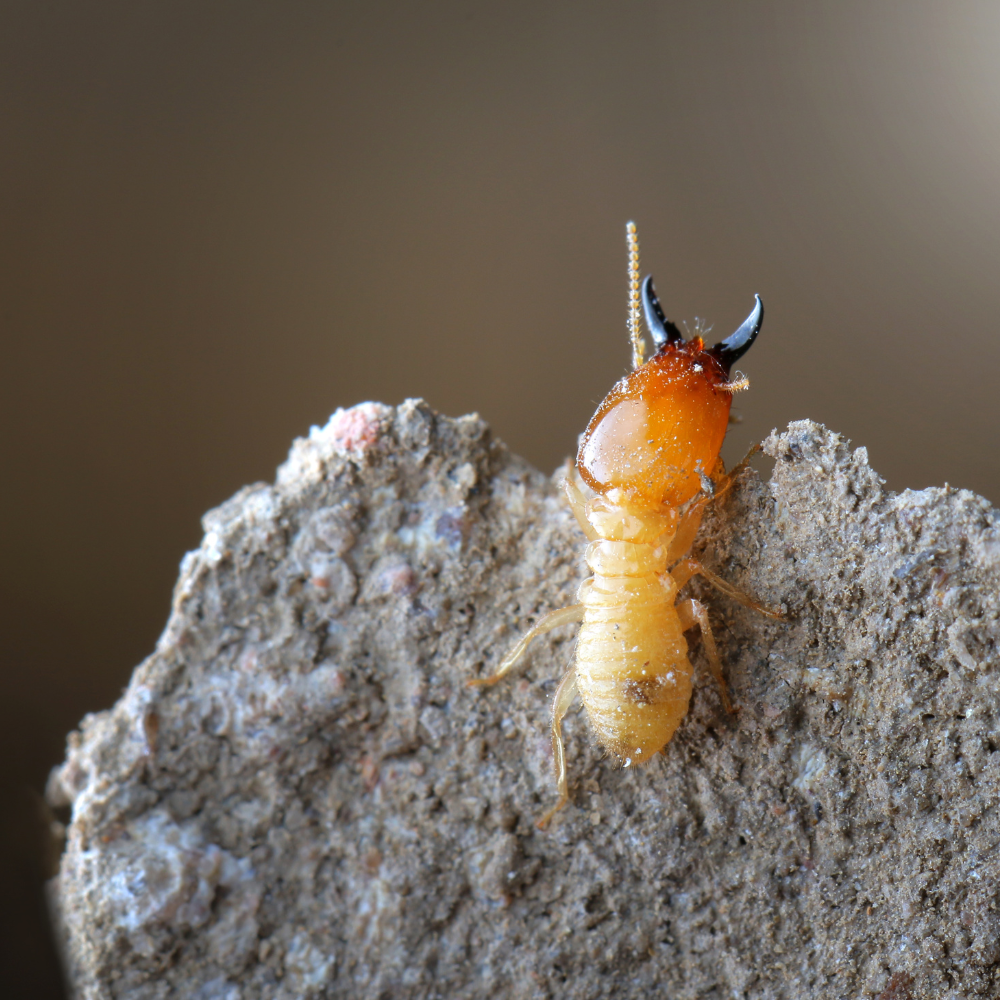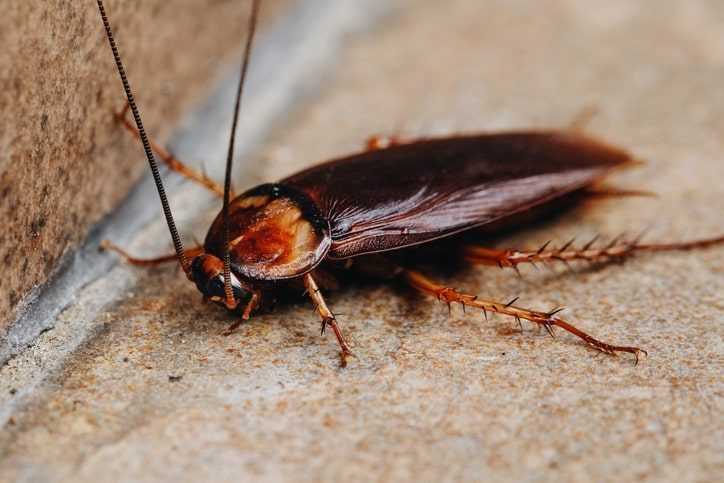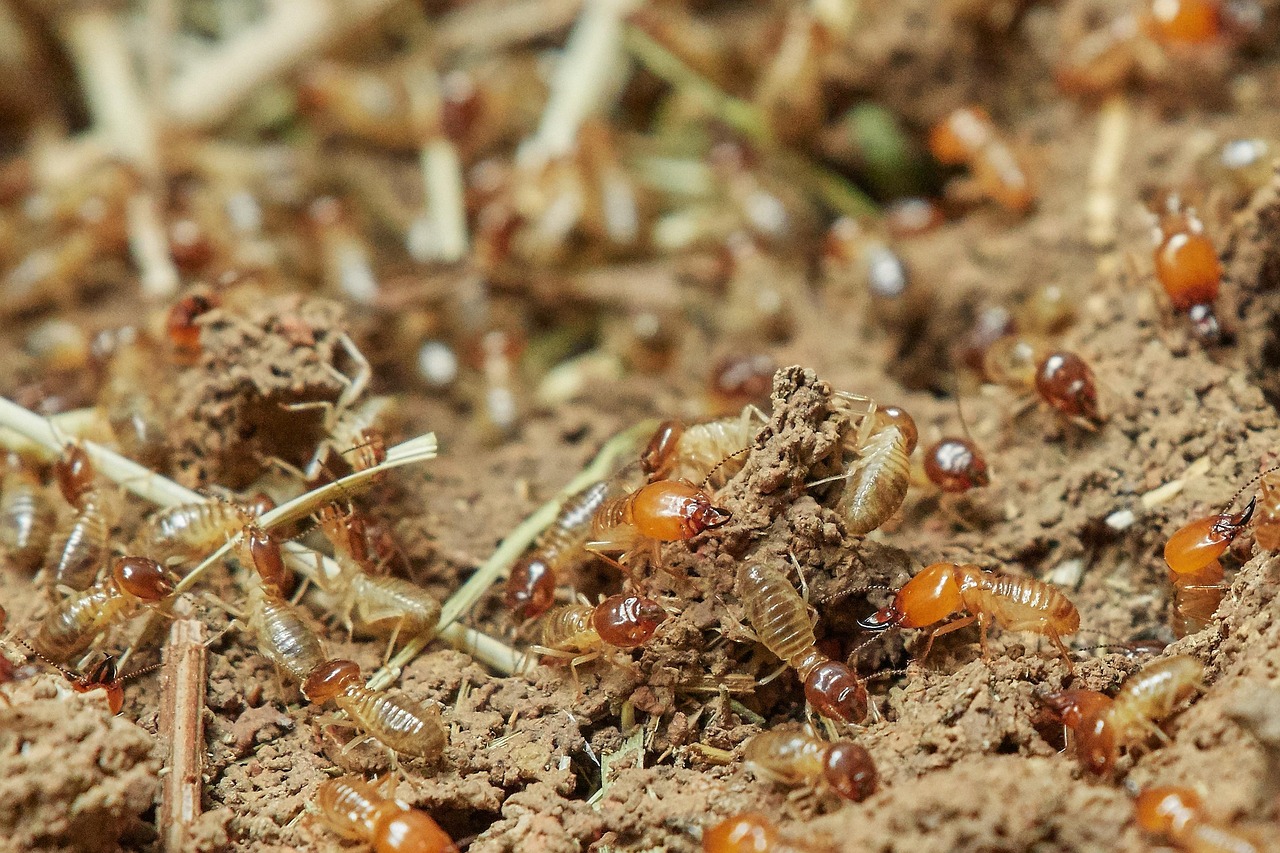What Are Termites?
How A Termite Colony Operates: Caste Roles and Responsibilities
- Reproductives (Queen and King): The queen lays thousands of eggs and can survive for years. However, the king stays by her side to maintain the growth of the colony.
- Workers: These sterile females are the backbone of the colony. They collect food, feed others, care for the young, and develop the infrastructure of the colony.
- Soldiers: With sharp jaws and oversized heads, these termites exist to battle. Their role is to protect the workers from natural predators or outside threats.

Why Termites Are Considered Highly Social Insects
Termites generally function through collaboration, and their society depends on cooperation and communication within a caste-driven system. Queens can produce up to 20,000 eggs in just a single day, fueling swift colony expansion. Though their total population is commonly smaller than that of ants or bees, their damage potential is just as serious.
Each termite, no matter its role, is meant to protect and expand the colony. Furthermore, because they rarely operate out in the open, spotting a problem too late becomes a prevalent and costly mistake for so many home and business owners. Early detection, supported by knowledgeable termite specialists, is the ideal way to stop their momentum before it accelerates.
Termites Are Closely Related To Cockroaches
The evolutionary paths of termites align with cockroaches through similar social structures, nesting instincts, and digestive systems. Although ants sport narrow waists and bent antennae, termites, specifically in California, feature straight antennae and a more streamlined body. This shared ancestry with cockroaches gives them remarkable resilience, which explains why they thrive across the diverse climates of California.


California Hosts Over 40 Termite Species, with Several Causing Structural Damage
More than 2,000 termite species exist worldwide, but in California, over 40 are known to be active. From the arid inland valleys to damp coastal zones, various species have carved out their niches.
As entomologists continue to research the termite population in California, even more species may be identified in future surveys.
The Three Main Termite Types Found Across California
In California, three types of termites are responsible for most of the structural damage reported annually: subterranean, drywood, and dampwood termites. Each one of them thrives in specific environmental conditions, but they all pose real risks to residential and commercial properties.
Among the three, subterranean termites are the most destructive and widespread. They live in soil and build mud tunnels to penetrate wood structures. They’re extremely active in Southern California, where mild winters allow year-round foraging.
Inside every termite colony, an intricate caste system is at work. The queen and king handle reproduction, whereas workers maintain tunnels and gather food. The alates, which are the winged future queens and kings, emerge during warm seasons for mating flights. Such swarms are nature’s way of expanding the termite empire, frequently forming new colonies miles from the original location.
Once the alates land, they shed their wings and start burrowing into the soil. This marks the beginning of a new termite colony, usually hidden well underneath the surface, until visible damage appears in your home or business.
Why You Might Not Know Termites Are There Until It’s Too Late
Termites love to eat discreetly, chew persistently, and do all of their activities out of sight. They don’t advertise their presence until the damage is done.
That’s why California homeowners often don’t realize there’s a problem until visible damage appears, whether it’s warped floors, hollow-sounding wood, bubbling paint, or sagging ceilings. By then, termites may have been feeding behind your walls for months or even years.
Due to their silent and invasive nature, termites are not the type of problem that you can wait on or guess about. Professional inspections and early detection make a massive difference between a minor fix and major structural restoration.
Call Our Elite1 Termite Control Specialists Today!
If you’ve noticed small winged insects around your windows or found strange mud streaks along your home’s foundation, you may be dealing with termites, not just ants. In California, subterranean termites swarm after spring and autumn rains, whereas drywood termites tend to appear in late summer, especially in coastal, humid areas.
Indeed, termites are adept at staying hidden until they’ve already caused severe damage. By the time indications are visible, they’ve likely been feeding for months. At Elite1 Termite Control, we know the patterns California termites follow. Our expert team offers localized treatments, thorough inspections, and preventive programs tailored to the build and climate of your property.


